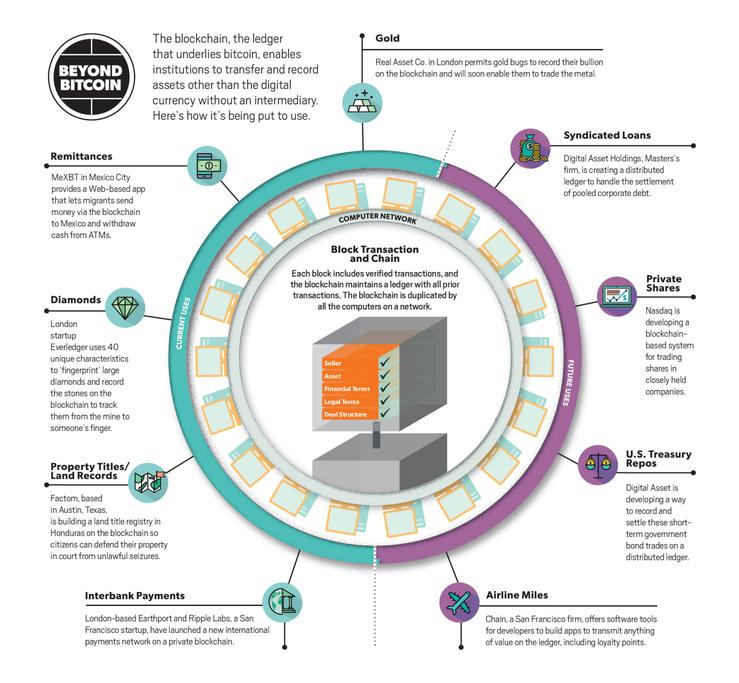How distributed ledger technology can provide the backbone for transparent ESG reporting.
The sustainability drumbeat has become impossible for organizations to ignore. Faced with pressure from their boards and their customers, leaders are coming to grips with the fact that if they don’t prioritize sustainability in their business model, they won’t be around for long.
This of course extends to the manufacturing of sustainable products. The continued habitability of our planet requires environmentally sound practices—but even at a pure profitability level, the days of extractive, careless production are over.
Customers are willing to pay a premium for sustainably produced products, and they are equally willing to take their business elsewhere when sustainability is ignored. But how can companies prove that their products are, in fact, sustainable?
Distributed ledger technology (AKA blockchain) could be the answer they’re looking for.
In transparency we trust
At every link in the supply chain, businesses must gather and maintain information about where materials are coming from, who produced them, and how and when those materials are getting from one place to another. This is easier said than done.
Organizations have traditionally managed their extremely complex supply chains using siloed, fragmented systems. This lack of end-to-end supply chain visibility makes it difficult to track basic vendor information—much less monitor progress toward sustainability goals.
Without transparency, they can’t track progress, which means they can’t prove to their stakeholders that they’re keeping their sustainability promises.
That’s where blockchain comes in.
Blockchain is a distributed ledger technology that has the potential to reshape supply chain management by creating transparent networks in which businesses and vendors can interact and transact. Organizations can use blockchains to synchronize their systems of records, making it possible to publicly disclose ESG indicators and prove their commitment to reducing the burden on the environment.

Blockchain for sustainability
Many of us think of blockchain in terms of cryptocurrency, but its use cases are far more diverse than that.
As a digital, decentralized public ledger that exists on a network, it has emerged as an unlikely but promising ESG solution. That’s because data stored in a blockchain ledger cannot be edited. This unique characteristic makes the blockchain a perfect candidate for maintaining accurate and trustworthy sustainability data.
Currently, many organizations record data manually at every link in the supply chain. By using distributed ledger technology to collect information digitally in real time—and very close to the source, if IoT sensors are involved—businesses can track carbon emissions from the factory floor to the shelves. This level of visibility gives businesses insight into how and where they can reduce their carbon emissions.
Track the environmental journey
According to research by McKinsey, as much as 90% of the carbon footprint of a typical consumer packaged goods company originates in its supply chain. So it’s equally important that blockchain technology can help partners, suppliers, and vendors—even competing organizations—work together by fostering digital trust through the sharing of data. With distributed ledgers to maintain an entire transaction history, stakeholders can rest assured information has not been tampered with and they can accurately trace a product’s digital footprint along its entire journey.
This idea isn’t science fiction.
A project team at Heineken used a blockchain to trace a batch of hops used in one of their regional Dutch beers. The team tracked five hops varieties from farm to bottle. The blockchain captured the bottle’s environmental footprint and agricultural origins, measuring water and fuel consumption. When the beer hit the shelves, consumers could scan a QR code on the bottle to see the environmental journey their drink took to reach them.
Blockchain allows organizations to tell a verifiable story about their products, both in the physical world and in the emerging metaverse.
Seamless sustainability
Environmental sustainability is only one use case for blockchain technology.
Companies can use distributed ledgers for social sustainability and governance. For example, pharmaceutical companies can collect data on a blockchain that identifies and traces prescription drugs. This data collection can prevent consumers from falling prey to counterfeit, stolen, or harmful products. Banks can collateralize physical assets, such as land titles, on a blockchain to keep an unalterable record and protect consumers from fraud.
In supply chain finance, organizations can use distributed ledger technology to match the downstream flow of goods with the upstream flow of payments and information. That can help level the playing field for smaller financial institutions.
Sustainability must be seamless. ServiceNow recently partnered with Hedera to help organizations easily adopt digital ledger technology on the Now Platform. This partnership provides a seamless connection between trusted workflows across organizations. Projects like SUKU, in the Hedera ecosystem, showcase how organizations can connect their supply chains and tell a verifiable story about their products, both in the physical world and in the emerging metaverse.
Consumers must be able to trust that the products they need have been ethically produced. At the same time, businesses should be able to track their progress toward sustainability benchmarks without extra overhead. Adopting blockchain technology is a crucial step toward building a seamlessly sustainable future for us all.









